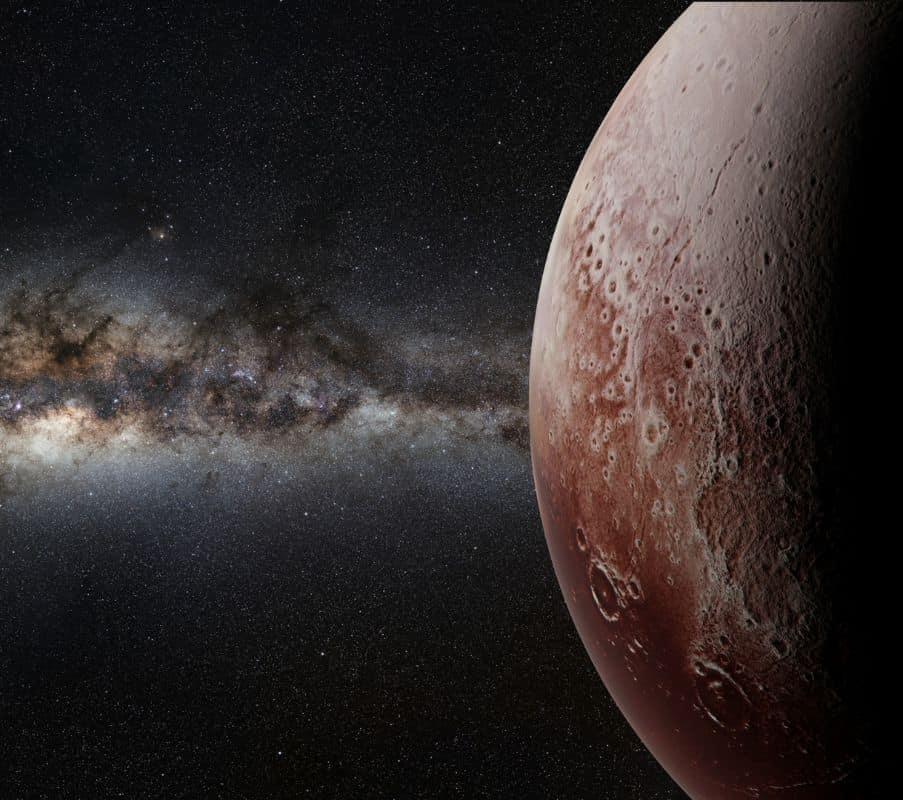It’s against the law of causality — but two Nobel Prize laureates think otherwise.
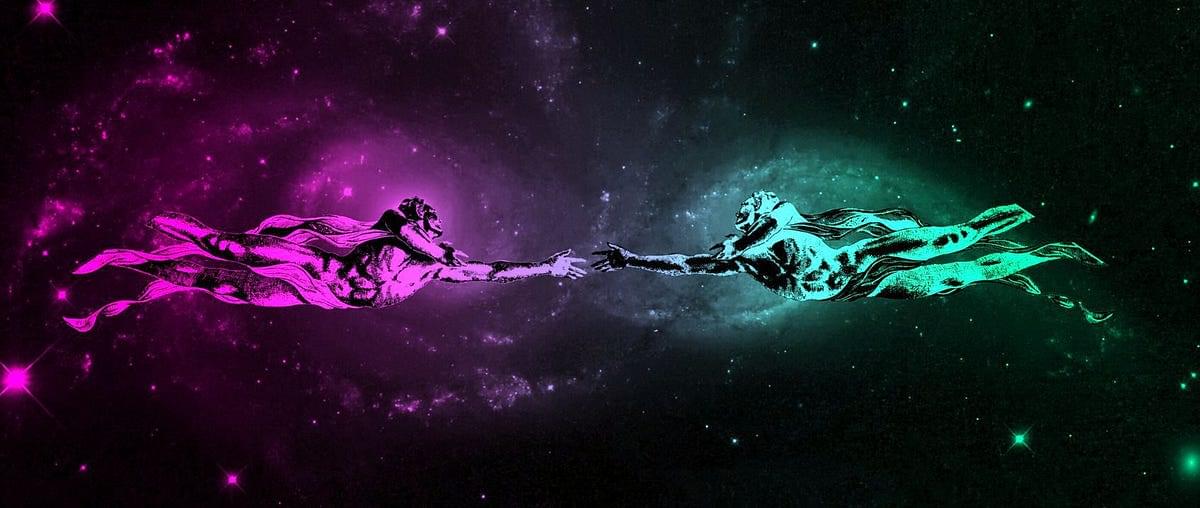

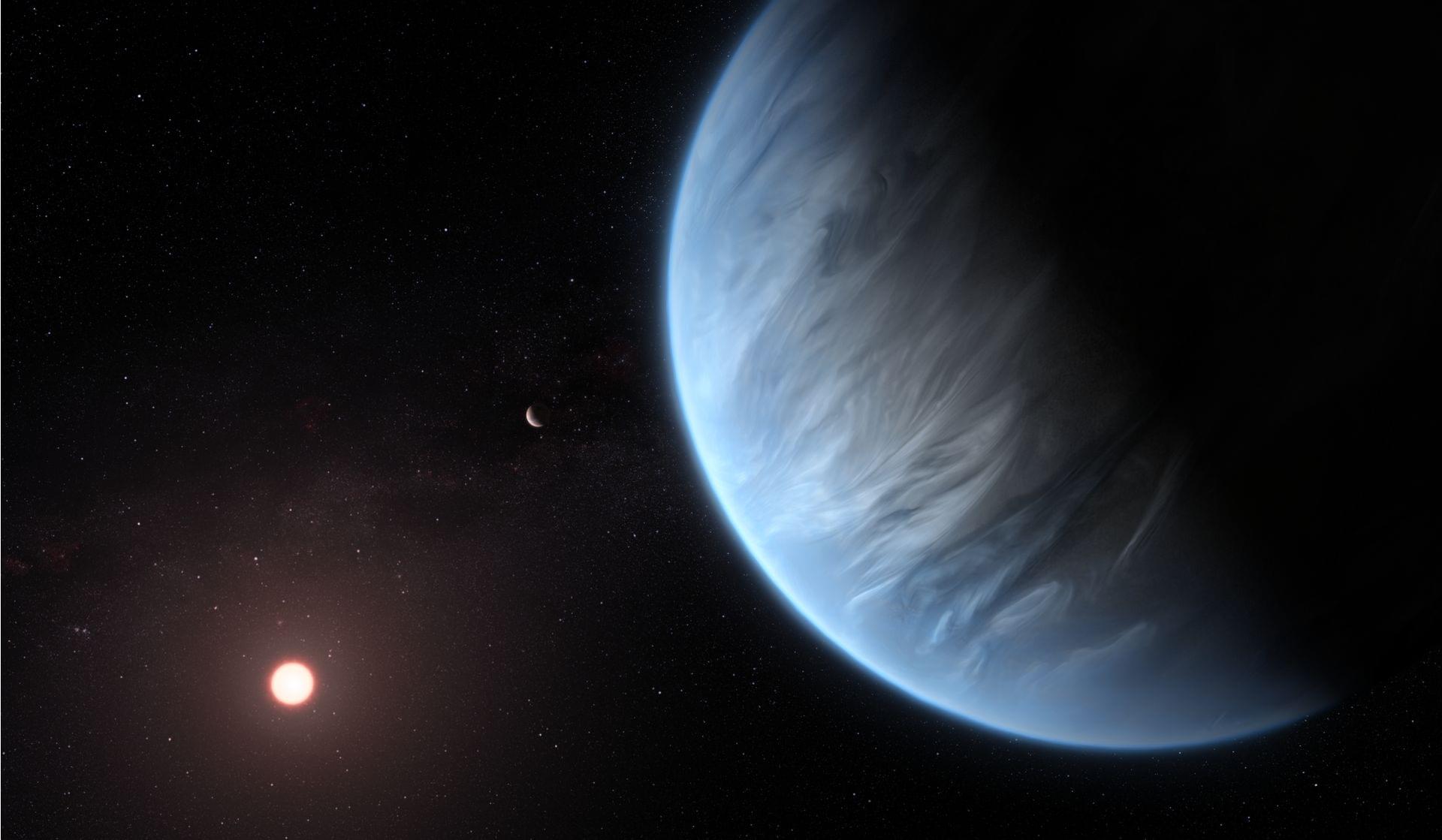
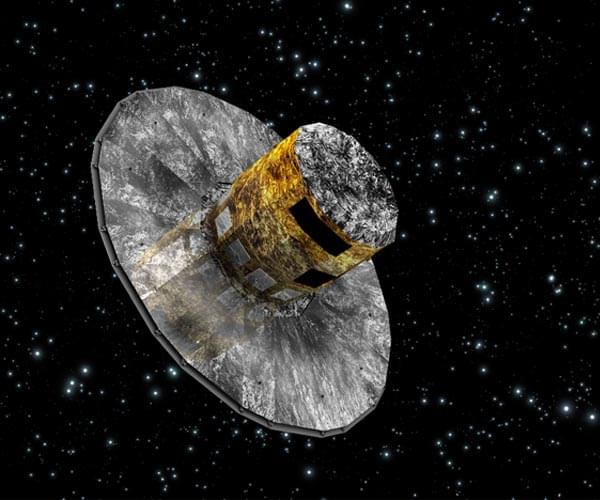
Well done Gaia & crew. [ https://www.spacedaily.com/reports/Star-mapping_space_telesc…t_999.html](https://www.spacedaily.com/reports/Star-mapping_space_telesc…t_999.html)
After more than a decade mapping out our home galaxy, the Gaia space telescope was powered down and sent into “retirement orbit” around the Sun on Thursday, the European Space Agency said.
Since launching in 2013, the telescope has been charting the positions, motion and properties of nearly two billion stars to create a vast map of the Milky Way, revealing many secrets of the cosmos along the way, the ESA said in a statement.
Gaia uncovered evidence of massive galaxies slamming into each other, identified vast clusters of stars, helped discover new exoplanets and mapped millions of galaxies and blazing galactic monsters called quasars.
Stephen Wolfram is a prominent computer scientist and theoretical physicist, best known for developing Mathematica and authoring A New Kind of Science. Today…
American tech giants are increasingly focusing on the humanoid robotics space, but analysts say they’re at risk of falling behind China.

A new study presents a compelling new model for the formation of super-Earths and mini-Neptunes – planets that are 1 to 4 times the size of Earth and among the most common in our galaxy. Using advanced simulations, the researchers propose that these planets emerge from distinct rings of planetesimals, providing fresh insight into planetary evolution beyond our solar system.
A new study by Rice University researchers Sho Shibata and Andre Izidoro presents a compelling new model for the formation of super-Earths and mini-Neptunes — planets that are 1 to 4 times the size of Earth and among the most common in our galaxy. Using advanced simulations, the researchers propose that these planets emerge from distinct rings of planetesimals, providing fresh insight into planetary evolution beyond our solar system. The findings were recently published in The Astrophysical Journal Letters.
For decades, scientists have debated how super-Earths and mini-Neptunes form. Traditional models have suggested that planetesimals — the tiny building blocks of planets — formed across wide regions of a young star’s disk. But Shibata and Izidoro suggest a different theory: These materials likely come together in narrow rings at specific locations in the disk, making planet formation more organized than previously believed.
Suppose for clarification that we adopt time as that fourth dimension. Consider how the figure could be constructed in xyzt-space. The accompanying illustration (“Time evolution…”) shows one useful evolution of the figure. At t = 0 the wall sprouts from a bud somewhere near the “intersection” point. After the figure has grown for a while, the earliest section of the wall begins to recede, disappearing like the Cheshire Cat but leaving its ever-expanding smile behind. By the time the growth front gets to where the bud had been, there is nothing there to intersect and the growth completes without piercing existing structure. The 4-figure as defined cannot exist in 3-space but is easily understood in 4-space. [ 4 ]
More formally, the Klein bottle is the quotient space described as the square [0,1] × [0,1] with sides identified by the relations (0, y) ~ (1, y) for 0 ≤ y ≤ 1 and (x, 0) ~ (1 − x, 1) for 0 ≤ x ≤ 1.
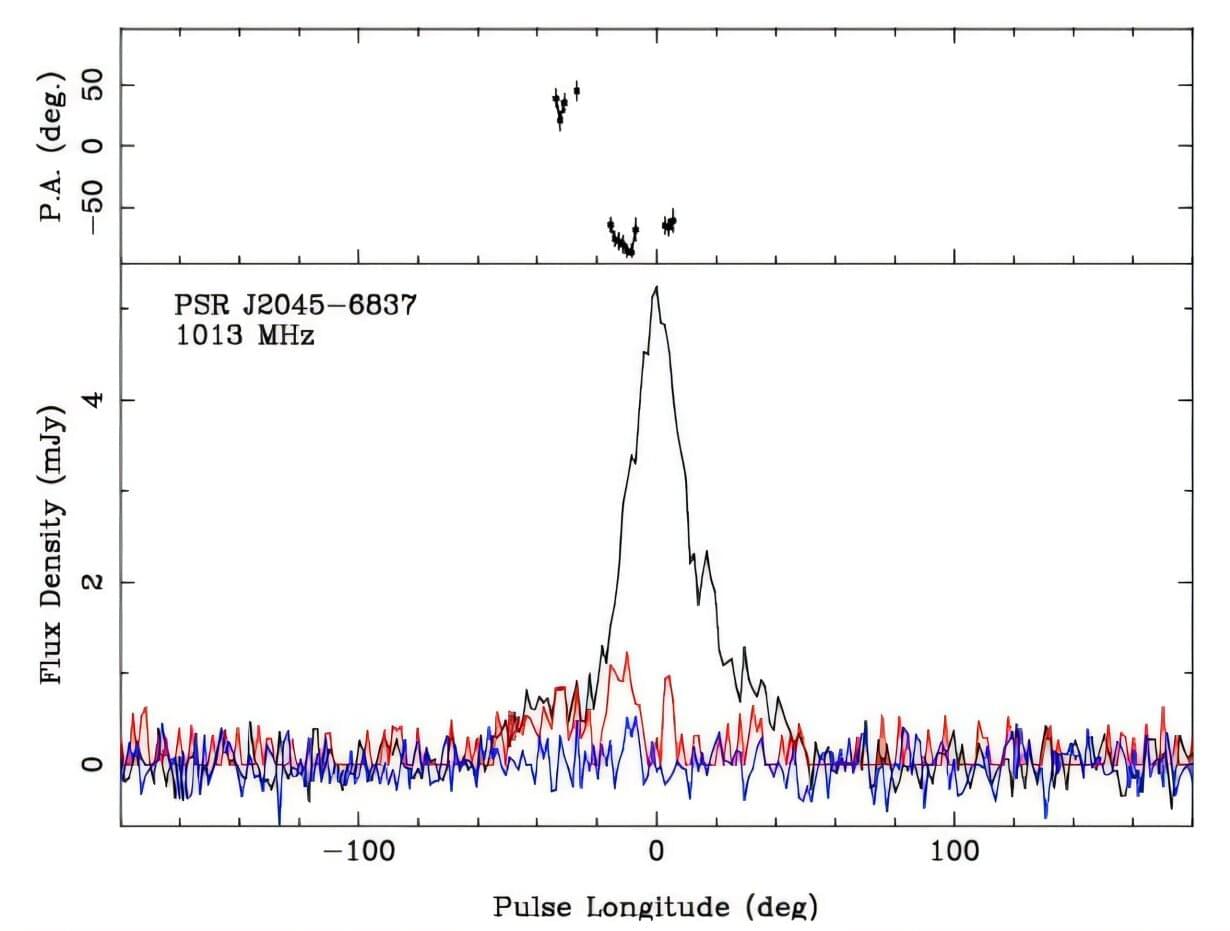
An international team of astronomers reports the detection of four new gamma-ray millisecond pulsars using the Murriyang radio telescope at the Parkes Observatory in Australia. The discovery was detailed in a research paper published March 16 on the arXiv preprint server.
Pulsars are highly magnetized, rotating neutron stars emitting a beam of electromagnetic radiation. The most rapidly rotating pulsars, with rotation periods below 30 milliseconds, are known as millisecond pulsars (MSPs). Astronomers assume that they are formed in binary systems when the initially more massive component turns into a neutron star that is then spun up due to accretion of matter from the secondary star.
Now, a group of astronomers led by Matthew Kerr of the Naval Research Laboratory (NRL) in Washington, DC, has detected four new MSPs with spin periods below four milliseconds. The discovery was made using the Murriyang radio telescope as part of the search for gamma-ray sources.
Want to restore the planet’s ecosystems and see your impact in monthly videos? The first 200 people to join Planet Wild with my code SABINE23 will get the first month for free at https://planetwild.com/r/sabinehossen…
If you want to get to know them better first, check out their latest mission, where they go on to Kenya to find a more peaceful solution for the coexistence of lions and farms. https://planetwild.com/r/sabinehossen…
Last month, DARPA published a call for proposals on how to “grow” massive biological structures in space. It’s not as crazy as it sounds: The space race is heating up outside of the weird space biology sector. Some startups are building self-assembling space habitats, others are working on spaceports, and the ISS’s successor is in development. Let’s take a look.
The DARPA Call: https://sam.gov/opp/426e5868fcf74dd4a…
🤓 Check out my new quiz app ➜ http://quizwithit.com/
💌 Support me on Donorbox ➜ https://donorbox.org/swtg.
📝 Transcripts and written news on Substack ➜ https://sciencewtg.substack.com/
👉 Transcript with links to references on Patreon ➜ / sabine.
📩 Free weekly science newsletter ➜ https://sabinehossenfelder.com/newsle…
👂 Audio only podcast ➜ https://open.spotify.com/show/0MkNfXl…
🔗 Join this channel to get access to perks ➜
/ @sabinehossenfelder.
🖼️ On instagram ➜ / sciencewtg.
#science #sciencenews #space #tech
